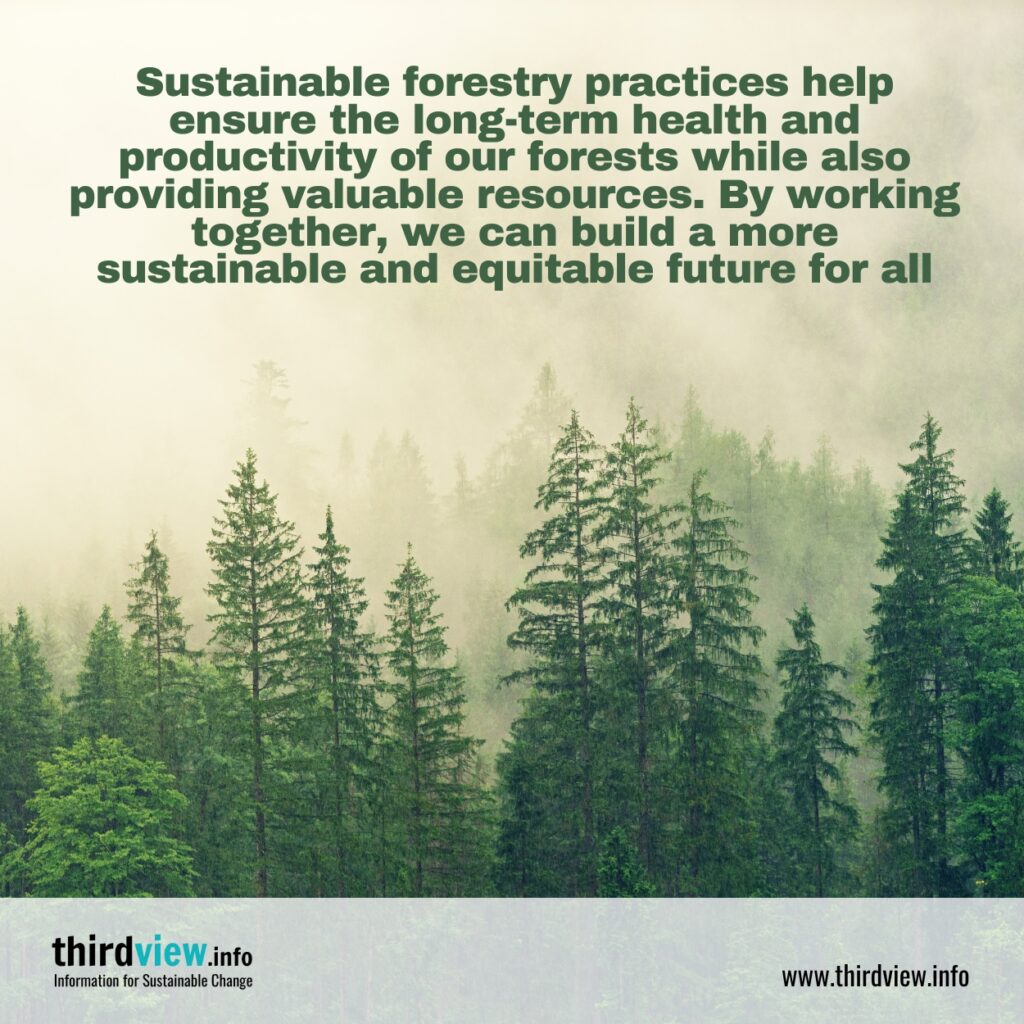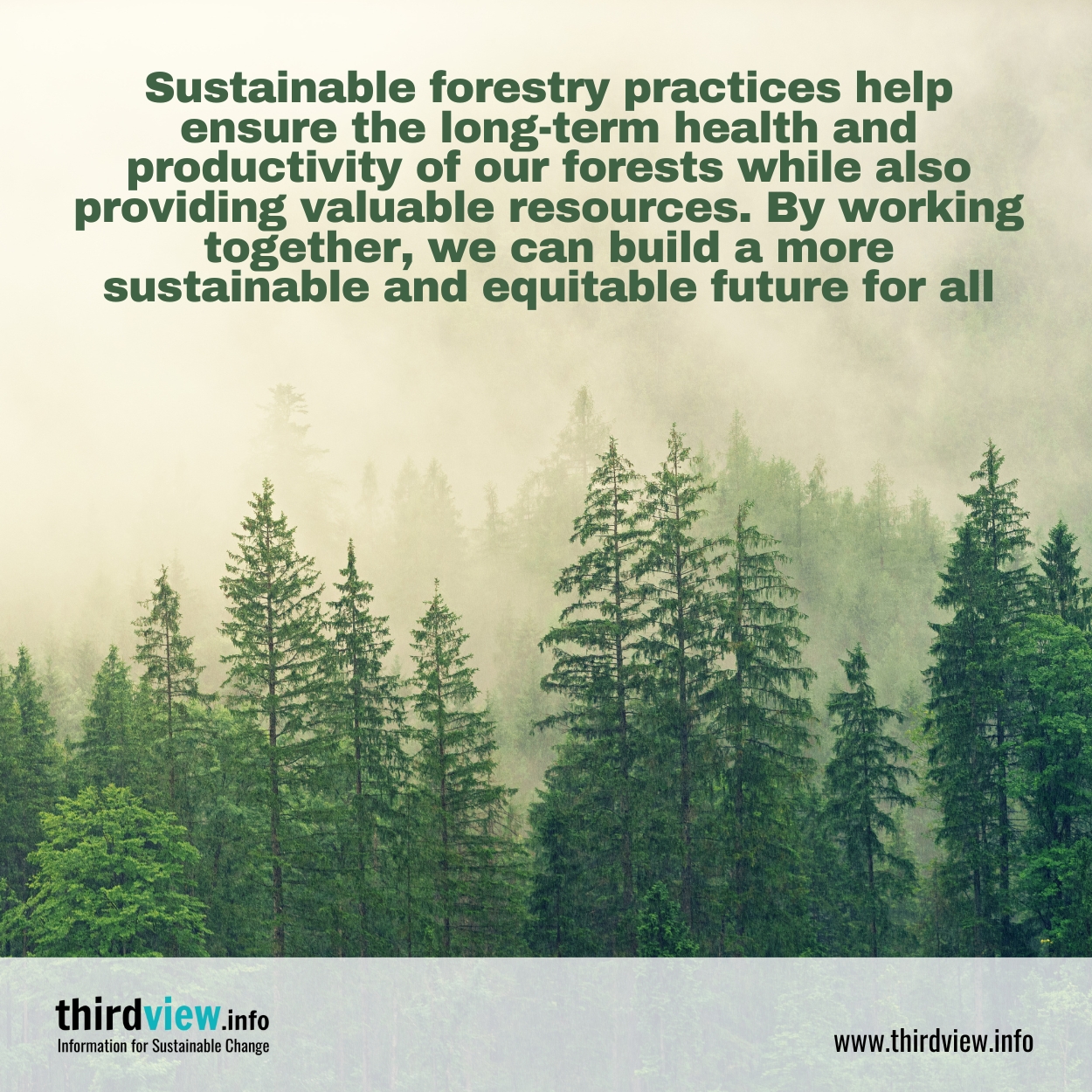Forestry is an important part of the global economy and ecosystem, but it’s often done in unsustainable ways. Unfortunately, this can have a negative impact on the environment and damage or destroy wildlife habitats. Fortunately, sustainable forestry practices can help us to reduce these impacts and ensure that forests are managed responsibly. Here are a few strategies for promoting sustainable forestry.
Planting Trees Responsibly
One of the most important aspects of sustainable forestry is planting trees responsibly. This means planting trees in areas where they will thrive and not be prone to disease or pests, using native species whenever possible, and using proper spacing when planting so that the trees have room to grow. It also means making sure that the soil is fertile by adding organic matter such as compost or mulch, as well as ensuring proper drainage so that water doesn’t collect around the roots of the trees and cause them to rot.
Harvesting Timber Responsibly
Another key aspect of sustainable forestry is harvesting timber responsibly. This means selecting only mature trees for harvesting and making sure that they are harvested with minimal environmental impact. It also means replanting forested areas with new trees after harvest so that there will be plenty of future harvests available in years to come. Additionally, it is important to practice selective logging which involves leaving some older trees standing to provide habitat for animals and allow forests to regenerate naturally over time.
Education Initiatives
Another strategy for promoting sustainable forestry is education initiatives aimed at both professionals and consumers. Professionals such as foresters, loggers, and land managers can benefit from educational programs that teach them about best practices for harvesting timber responsibly and preserving forest ecosystems. Consumers can benefit from educational campaigns that raise awareness about the importance of buying certified wood products or supporting companies that use sustainable forestry practices in their operations.
Maintaining Forest Health
Finally, it is essential to maintain forest health through responsible management practices such as thinning overgrown stands of trees, removing invasive species like weeds or insects, controlling fires, managing disease outbreaks among plants or animals, and restoring degraded areas caused by human activity or natural disasters. All these strategies help ensure that forests remain healthy and productive for generations to come.
Healthy forests are essential for our planet’s future; however, many current forestry practices are unsustainable which can have devastating effects on both ecosystems and communities worldwide. Thankfully, there are a number of strategies we can use to promote more responsible forestry practices such as planting trees responsibly, harvesting timber responsibly, undertaking education initiatives, and maintaining forest health through responsible management practices. With these strategies, we can ensure that our forests remain healthy while providing a valuable resource for generations to come.


